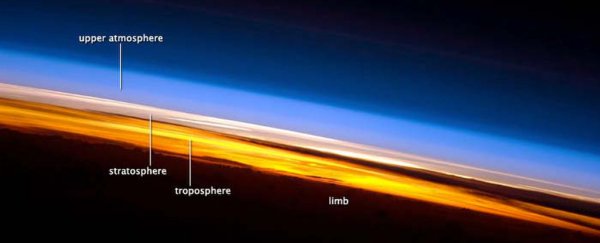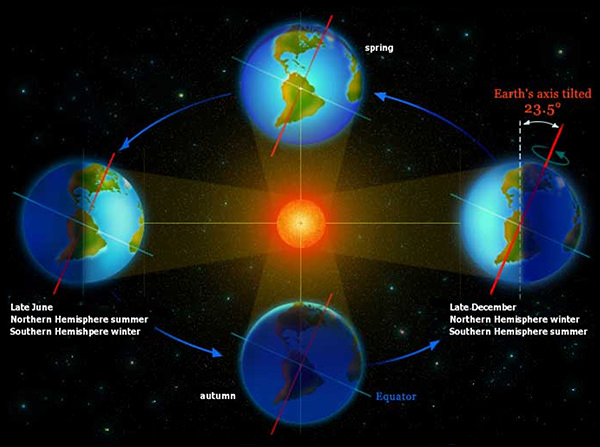Jul 12, 2021 by Enrico de Lazaro
NASA has released a beautiful close-up shot snapped by the NASA/ESA Hubble Space Telescope of the globular cluster NGC 6380.
This Hubble image shows NGC 6380, a globular cluster some 35,500 light-years away in the constellation of Scorpius. The very bright star at the top of the image is HD 159073, which is only around 4,000 light-years from Earth. The color image was made from separate exposures taken in the visible and near-infrared regions of the spectrum with Hubble’s Wide Field Camera 3 (WFC3). Three filters were used to sample various wavelengths. The color results from assigning different hues to each monochromatic image associated with an individual filter. Image credit: NASA / ESA / Hubble / E. Noyola.
Globular clusters are densely packed, spherical collections of hundreds of thousands or even millions of stars.
They are among the oldest known objects in the Universe and are relics of the first epochs of galaxy formation.
About 150-180 such clusters are known to exist around our Milky Way Galaxy.
One of them, NGC 6380, is located approximately 35,500 light-years away in the constellation of Scorpio.
“NGC 6380 is not a particularly exciting name, but it indicates that this cluster is catalogued in the New General Catalogue (NGC), which was originally compiled in 1888,” Hubble astronomers said.
“This cluster has, however, been known by many other names.”
“NGC 6380 was originally discovered by the Scottish astronomer James Dunlop in 1826, and he rather immodestly named it Dun 538,” they added.
“Eight years later, in 1834, it was independently rediscovered by the British astronomer John Herschel and he — similarly immodestly — went on to name it H 3688.”
“The cluster was re-rediscovered in 1959 by the Armenian-Mexican astronomer Paris Pişmiş, who catalogued it as Tonantzintla 1 — and who, to continue the pattern, also referred to it as Pişmiş 25.”
“In addition to its colorful history of rediscovery, up until the 1950s NGC 6380 was thought to be an open cluster,” the astronomers said.
“It was the British astronomer A. David Thackeray who realized that it was in fact a globular cluster.”
“Nowadays, this cluster is reliably recognized in widely available catalogues as a globular cluster, and referred to simply as NGC 6380.”



 (NOAA/Thomas G. Andrews)
(NOAA/Thomas G. Andrews)










